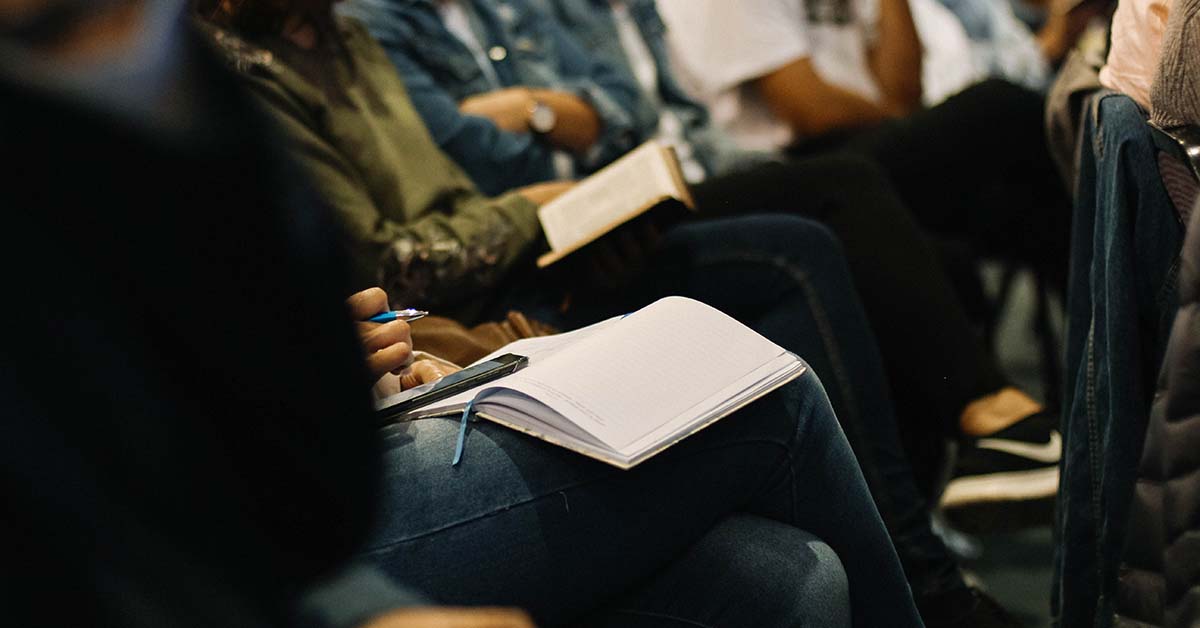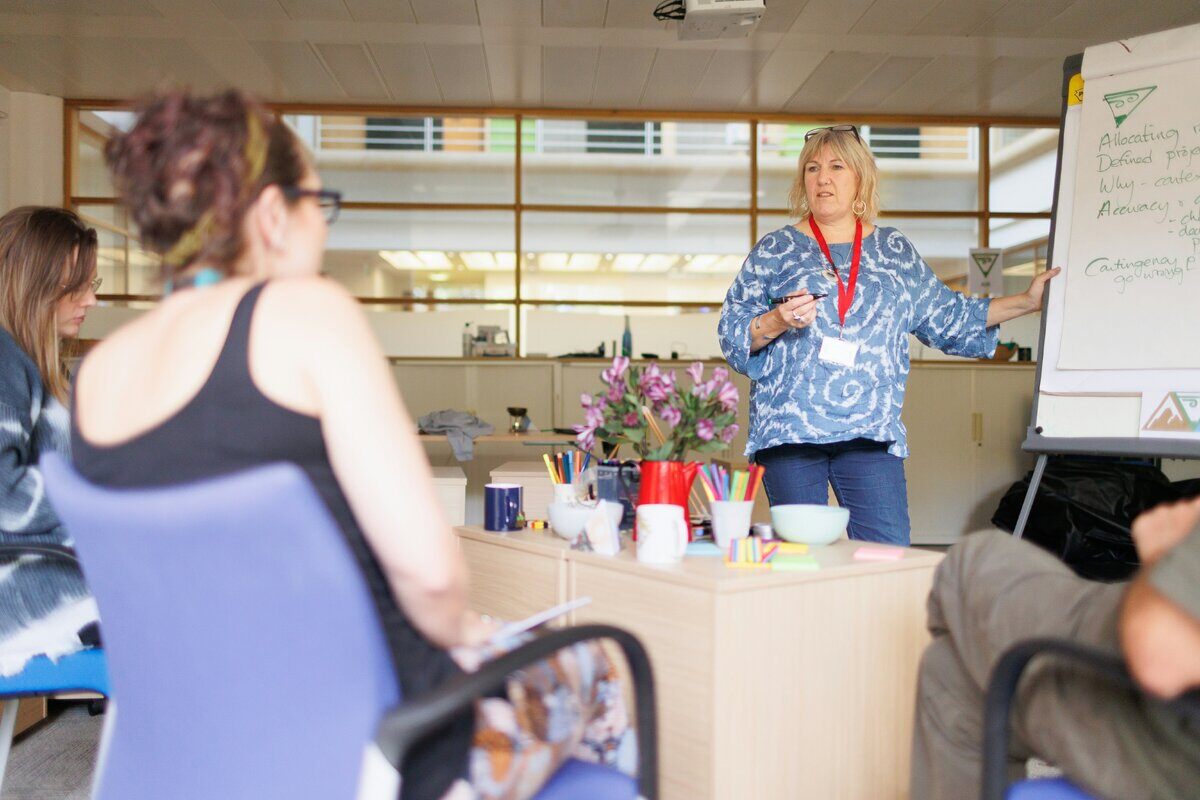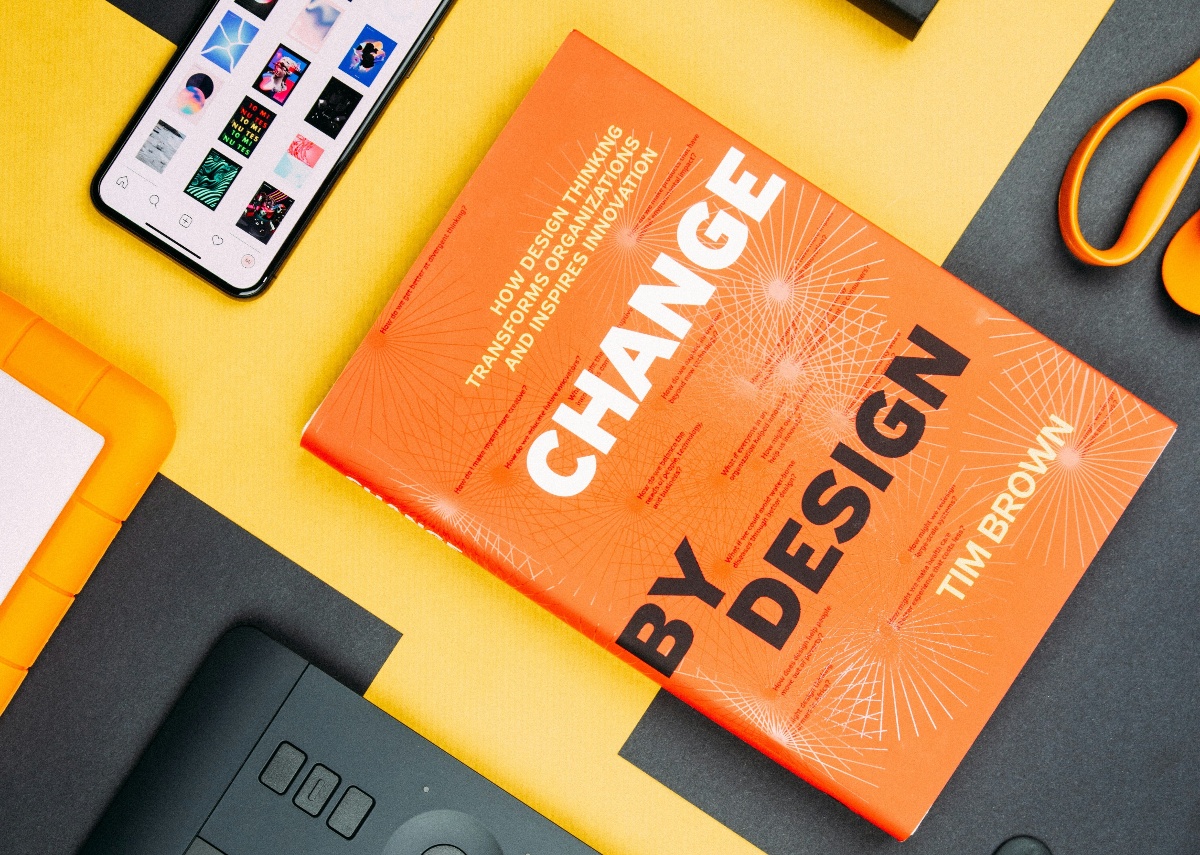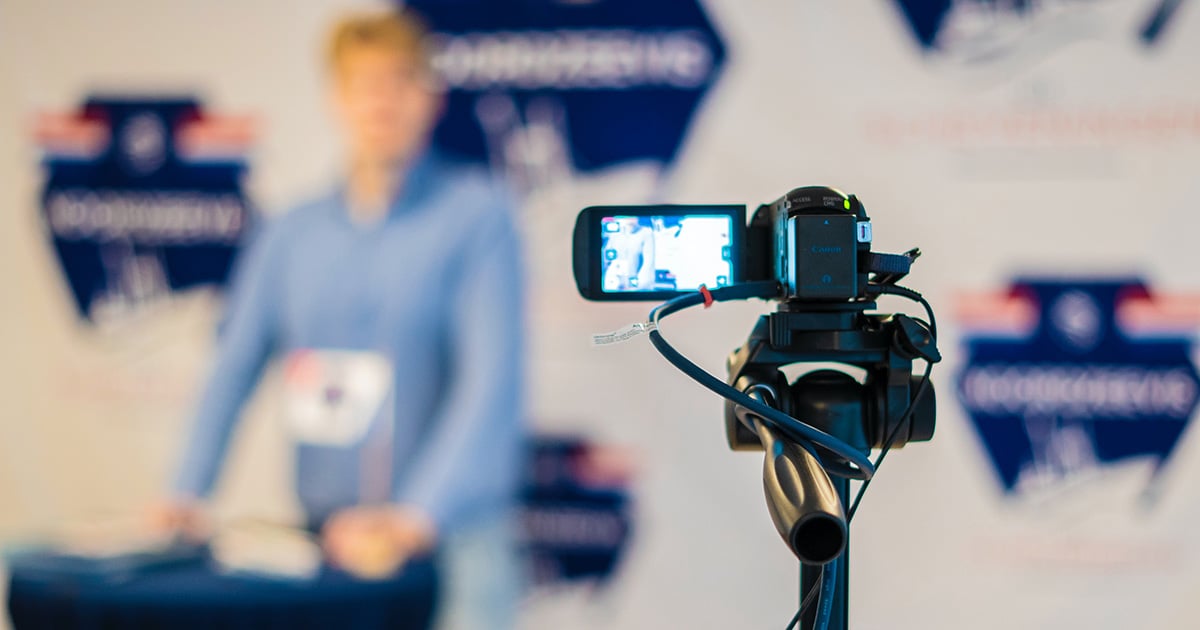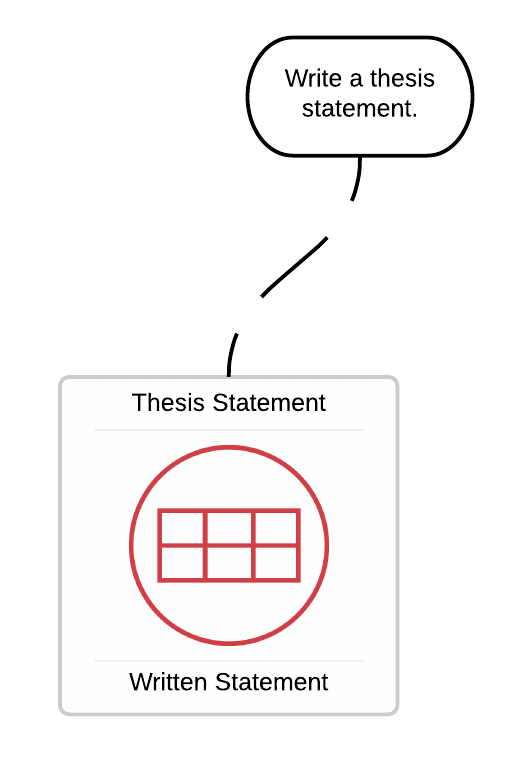
Four Steps to Designing Micro Learning Interactions
When designing learning experiences, many educators tend to focus on designing formal learning environments such as a courses, seminars, or workshops. Within these formal learning spaces, there are often many dynamic opportunities to support learning based on the unique needs and experiences that learners encounter. Responding to learners’ needs is something that great educators do every day. These opportunities may include providing learners with remediation on a particular topic, or challenging them to stretch themselves and expand their learning beyond the formal learning goals of the course. The ability to create “micro learning interactions” are the spontaneous design skills that great educators use to help students get back on track, extend their learning, and reinforce learning skills.
In short, micro learning interactions give educators a tool for responding and adapting to learners' needs while still supporting the overall goals and intent of a formal learning environment. In this article, I explore four steps for designing “micro learning interactions” that are intended to help support and enhance learning experiences.
What are Micro Learning Interactions?
The concept of micro interactions emerges from the study of user experiences. Micro user experience interactions are made up of triggers, rules, feedback, and loops and modes.
This article uses the discussion of micro interactions as inspiration to explore how educators might leverage small, focused, and planned experiences to support learning. For the purposes of this article, micro learning interactions are planned learning experiences that occur dynamically within a broader formal learning environment.
Let’s assume a learner in a math course is struggling with a particular procedure or concept. Often, mastery of a certain skill is needed before other skills can be developed. Instead of reviewing an entire module, an educator may use dynamic micro learning interactions to help learners address inaccurate understanding of the concepts in order to get back on track.
These micro interactions provide an essential tool for advancing transformative learning. The start of a micro learning interaction is often a misunderstanding, challenge, or dilemma. By using micro learning interactions, an educator can help learners engage in transformative learning experiences in ways that are personalized and driven by the learner's interests and experiences.
The next sections of this article outline four steps for designing and facilitating micro learning interactions that support transformative learning experiences.
Step 1: Determine the learning goal.
The first step to designing any micro learning interaction is determining the desired result. This is often more specific than a pre-determined course goal. For example, if a learner is trying to develop a specific presentation skill, but is struggling with consistency in performing the skill, the learning goal may be focused on building consistency of performance. An alternative learning goal may focus on mastering the first step in a process consistently before practicing the next step.Determining the learning goal needs to be connected to an overall formal learning goal, but may be a smaller step towards that result.
The following diagram illustrates the relationship between a micro learning goal and the evidence that the learner will need to demonstrate.
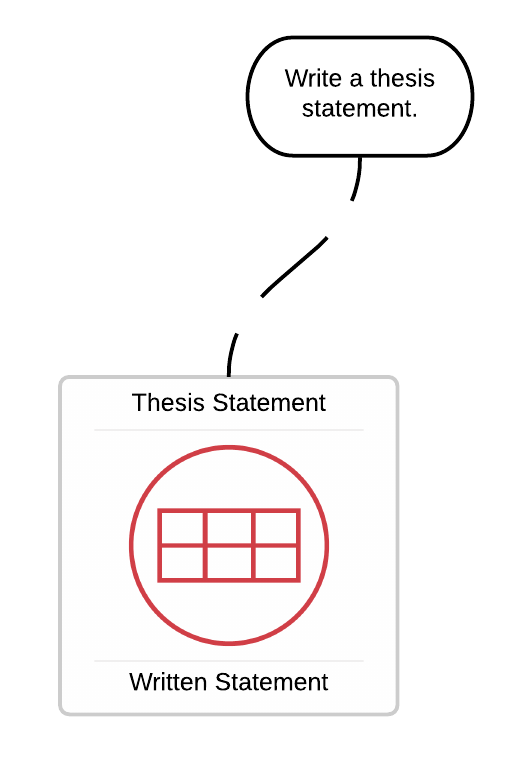
Step 2: Measure current progress towards the learning goal.
The next step in designing micro learning interactions is to determine the specific knowledge, skill, or attitude gaps between a learner’s current abilities and the intended micro learning goal. For example, if the goal for the micro interaction is for the learner to experience a new culture or see a problem from a different perspective, understanding the learner's current perspectives is important to determining what would be a meaningful learning experience.Consider the following questions when measuring a person’s current learning progress:
- Does the individual have the ability to speak accurately about the topic or to perform the skill?
- Can the learner demonstrate the knowledge or skill consistently?
- What is the person’s overall attitude toward learning the skill?
- Why would learning this skill be important to the individual?
These questions help in measuring the gap between the learning goal and the learner’s current abilities. This can be framed as simple interview questions or through more formal data collection methods.
Step 3: Plan the micro experience to bridge the gap between the learning goal and the current knowledge or skill state.
This step focuses on planning the micro experience to bridge the gap between the learning goal goal and the learner’s current abilities. Keep in mind, this design is only focused on the gap, not reviewing the complete learning sequence. The reason for this is that the micro interaction is intended to focus on solving a specific learning need.
In the example below, the learning goal and evidence associated with it is identified along with a simple sequence of learning resources and activities aimed at nudging the learner toward the desired learning outcome.
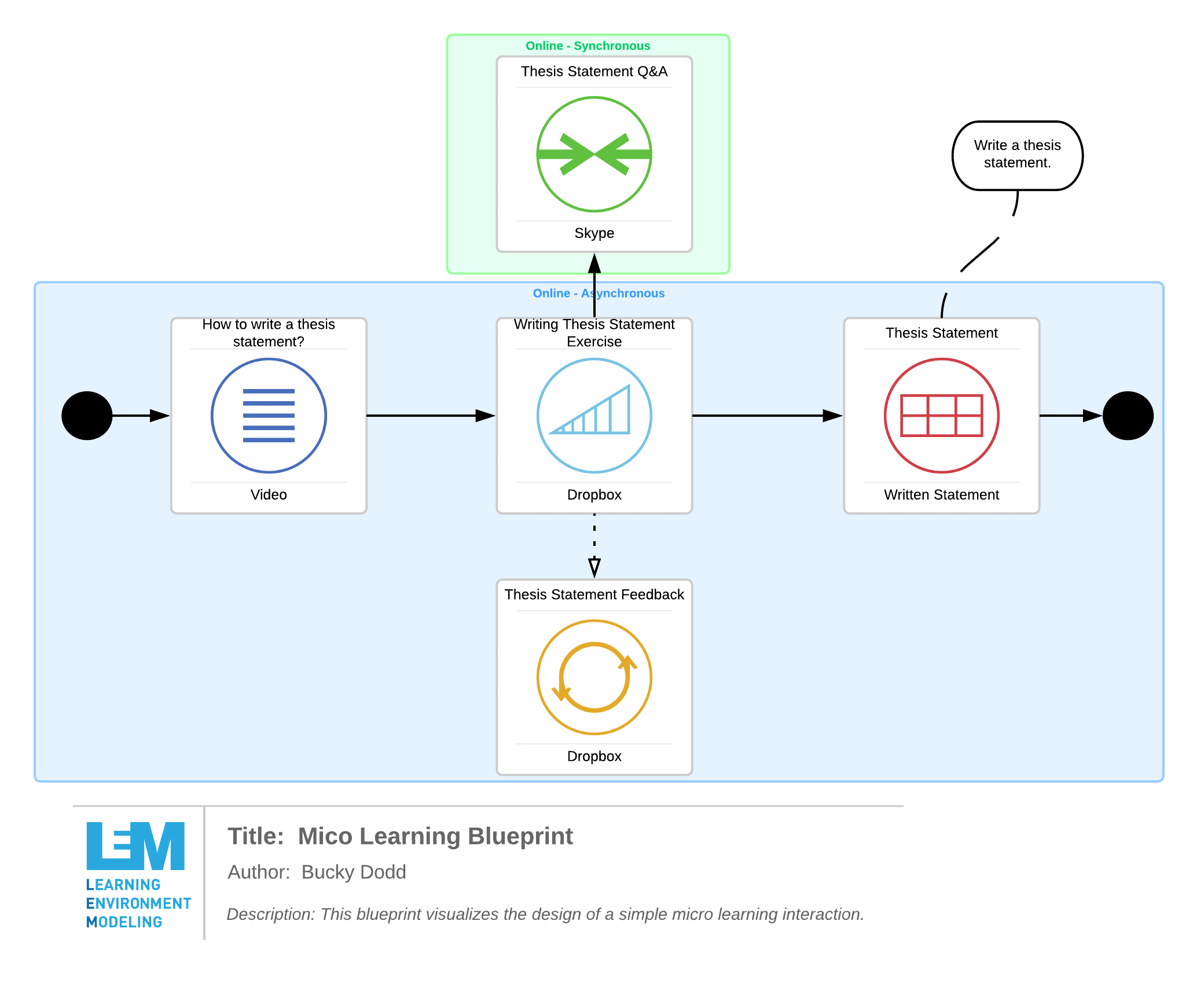
Step 4: Recalibrate and launch future learning experiences.
Once the micro learning experience is complete, it is important to assess the success of the intervention and recalibrate the model as needed. Ideally, micro learning interactions launch future learning experiences because they are used to address embedded learning barriers.Each micro interaction will likely be slightly different between learners. However, over time a library of micro learning interaction patterns can be created to help educators meet common learning needs.
Summary
Micro learning interactions provide educators with a tool for responding to the needs of learners and to help them achieve a specific learning goal. This article explored four steps for designing and facilitating micro learning interactions and offered several examples for how this method can help educators respond dynamically to the needs of learners.
Subscribe To Our Blog
Most Popular
Post By Topic
- associations (2)
- blended learning (2)
- CLEA (3)
- community of practice (1)
- Continuous Improvement (1)
- covid (1)
- culture (1)
- customer engagement (1)
- Design Studio Session (7)
- designcast (2)
- E-Learning (2)
- engagement (1)
- equity (1)
- ILED (6)
- ILED Designcasts (4)
- Innovation (4)
- learning design (25)
- learning enviroments (21)
- learning innovation, (4)
- Learning Strategy (7)
- LEM Techniques (3)
- micro-credential (17)
- Powered by LEM (5)
- professional learner (2)
- Show Notes (4)
- Skills Gap (2)
- technology (3)
- Uncategorized (11)
- video (1)
- visualization (10)
- Workshops (1)


